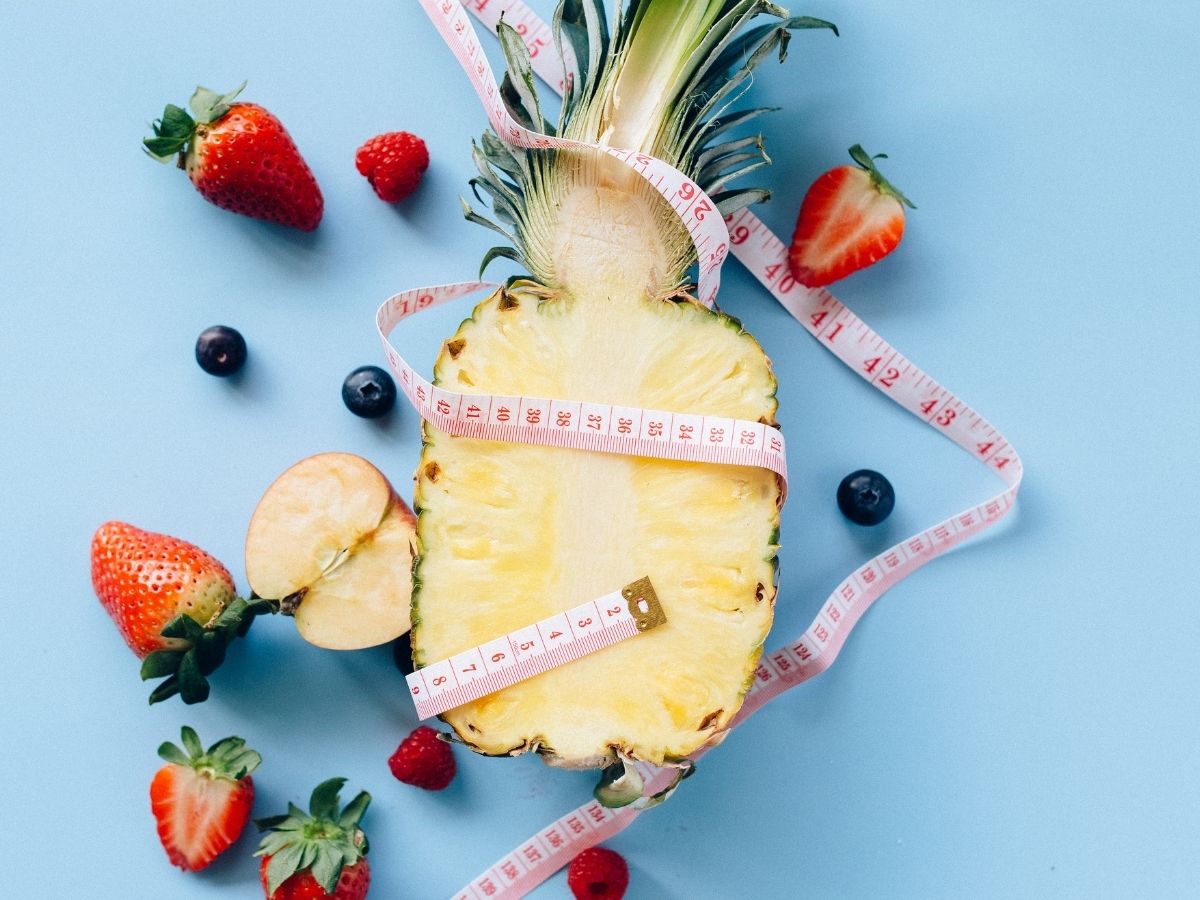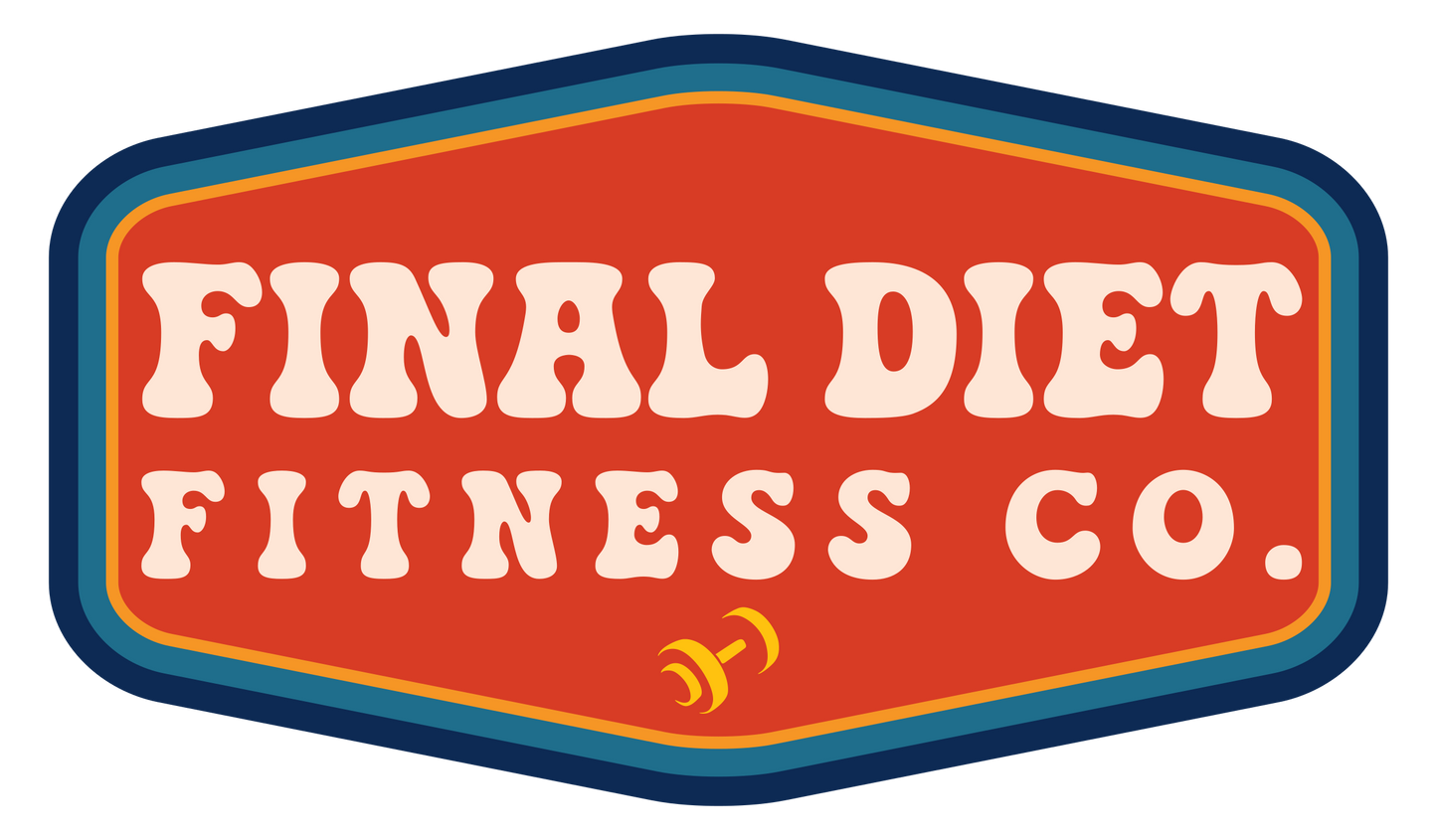
What a Calorie Deficit Really Is
Fat loss happens when average intake < average expenditure over time. Not daily perfection—weekly consistency. The right deficit feels noticeable, not miserable.
How Large Should Your Deficit Be?
- Beginners: aim for ~300–500 kcal/day below maintenance.
- Active/leaner individuals: use the low end (300).
- Larger bodies: you can start closer to 500 while preserving protein.
Set Your Daily Targets
- Calories: maintenance minus 300–500.
- Protein: ~0.7–1.0 g per lb of goal bodyweight.
- Fiber: 25–35 g/day minimum.
- Steps/NEAT: 8–12k/day (or +2–3k above your current baseline).
- Strength training: 2–4 days/week to keep muscle.
Tracking Options
- Lowest friction: portion templates, handful method, or “plate method” (½ produce, ¼ protein, ¼ starch).
- Moderate: track protein + calories only.
- Detailed: full macro tracking in MyFitnessPal or Cronometer.
High-Satiety Food Framework
Lean proteins (chicken breast, Greek yogurt, egg whites), high-fiber carbs (berries, potatoes, oats), watery/voluminous veggies (spinach, zucchini, green beans), and lower-fat cooking methods. Build meals around Protein + Produce + Smart Carb.
Eating Out & Social Events
- Pre-log a protein entrée and a veggie side.
- Request dressings/sauces on the side; choose grilled over fried.
- Anchor your day with a high-protein, high-fiber breakfast.
If Fat Loss Stalls
Check adherence first (calorie creep, bites/sips, weekends). Then adjust one lever at a time: +2k steps/day, -100 kcal/day average, or +1 protein serving.
Key Takeaways
- Pick the smallest effective deficit.
- Use high-satiety foods and daily steps to make it stick.
- Troubleshoot with tiny changes—not drastic cuts.
